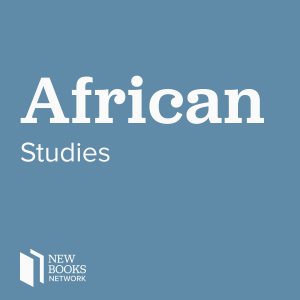
Mauro Nobili, "Sultan, Caliph, and the Renewer of the Faith" (Cambridge UP, 2020)
 2020-06-09
2020-06-09
In the early 19th century, on the floodplain of the Niger river’s inland delta in West Africa (present-day Mali), the Caliphate of Ḥamdallāhi emerged. The new State, locally known as the Maasina Diina, sought to consolidate its dominance over Fulani, Bamanan, and Arma military and political elites, as well as Jenne and Timbuktu’s scholarly establishment. It also attempted to reach a balance of power with neighboring Sokoto. The arsenal of tools the Caliphate deployed to achieve these goals included war, economic expansion, diplomacy, and the crafting of a historical chronicle known as the Tārīkh al-Fattāsh.
In two separate strands of historiography, scholars have tackled the genesis and literary construction of the chronicle on the one hand, and the history of the Caliphate on the other. The new book Sultan, Caliph, and the Renewer of the Faith: Ahmad Lobbo, the Tārīkh al-fattāsh and the Making of an Islamic State in West Africa (Cambridge University Press, 2020), brings both together. Mauro Nobili argues that the Tārīkh al-Fattāsh was a coherent and historically contingent product of the Caliphate. It was designed as a result of one Ḥamdallāhi scholar’s assessment of what it would take to legitimize claims to power and authority in the hotly contested political landscape of 19th-century Muslim West Africa.
Madina Thiam is a PhD candidate in History at UCLA.
Learn more about your ad choices. Visit megaphone.fm/adchoices
Support our show by becoming a premium member! https://newbooksnetwork.supportingcast.fm/african-studies
More Episodes
Create your
podcast in
minutes
- Full-featured podcast site
- Unlimited storage and bandwidth
- Comprehensive podcast stats
- Distribute to Apple Podcasts, Spotify, and more
- Make money with your podcast
It is Free
- Privacy Policy
- Cookie Policy
- Terms of Use
- Consent Preferences
- Copyright © 2015-2024 Podbean.com





